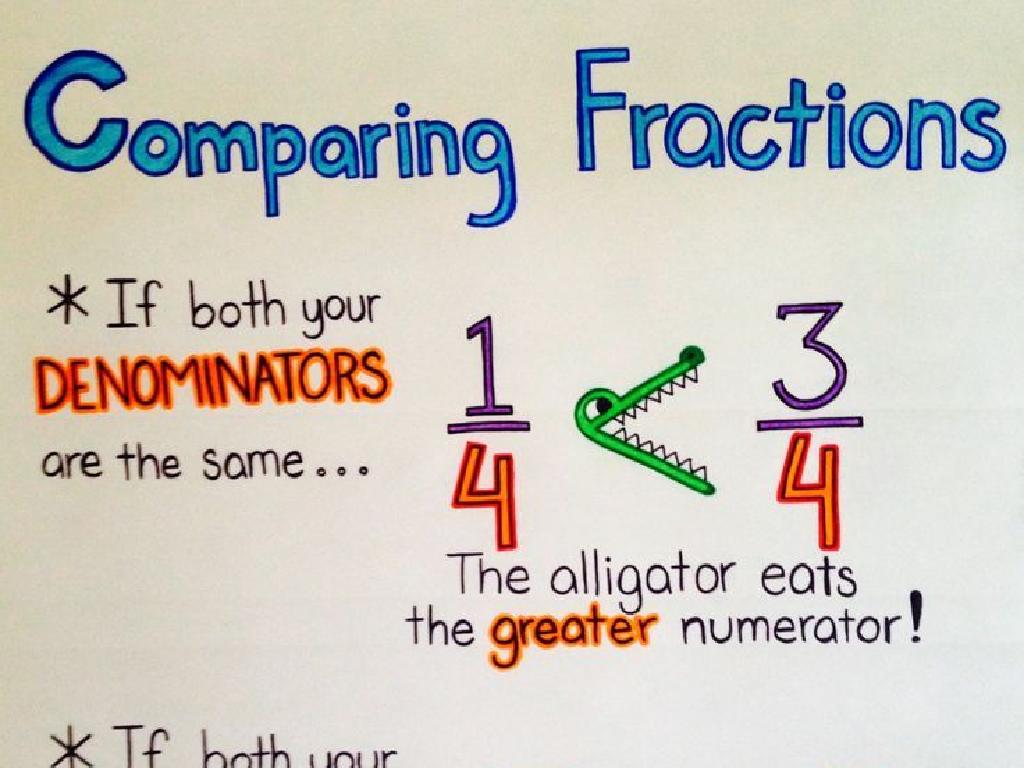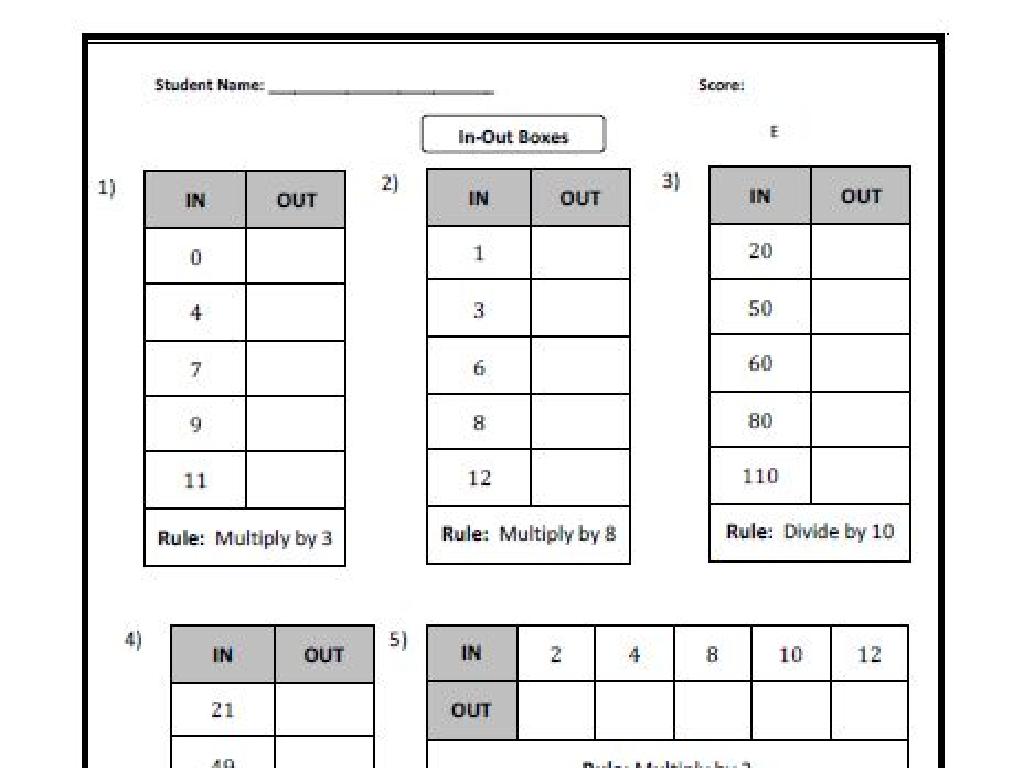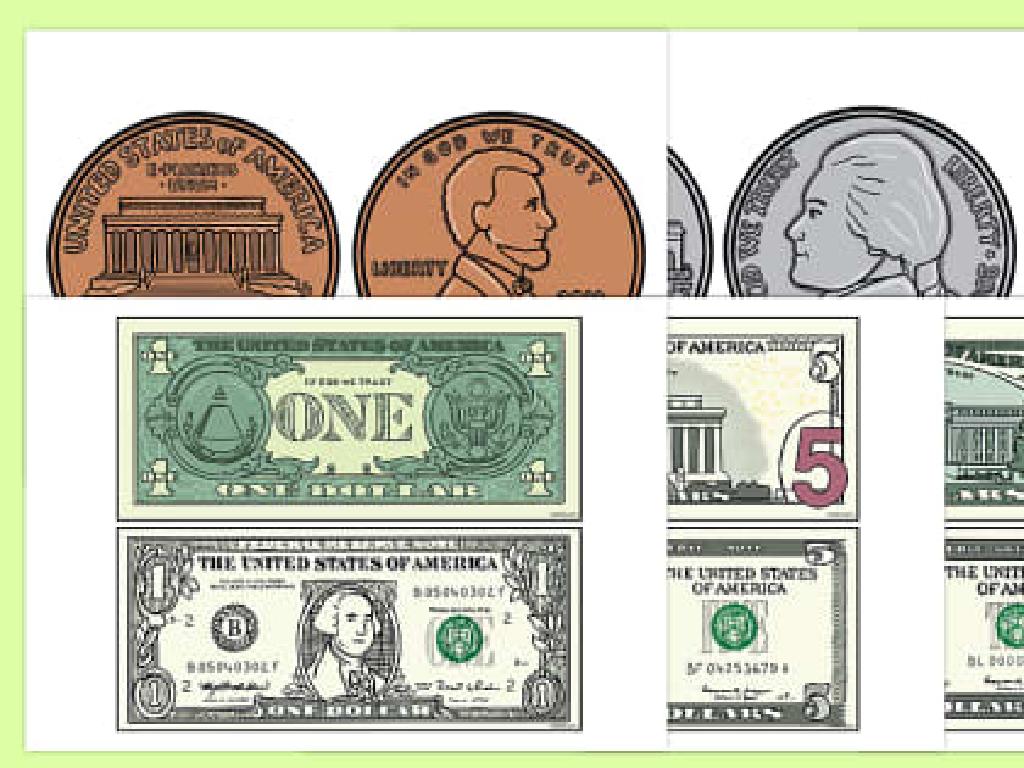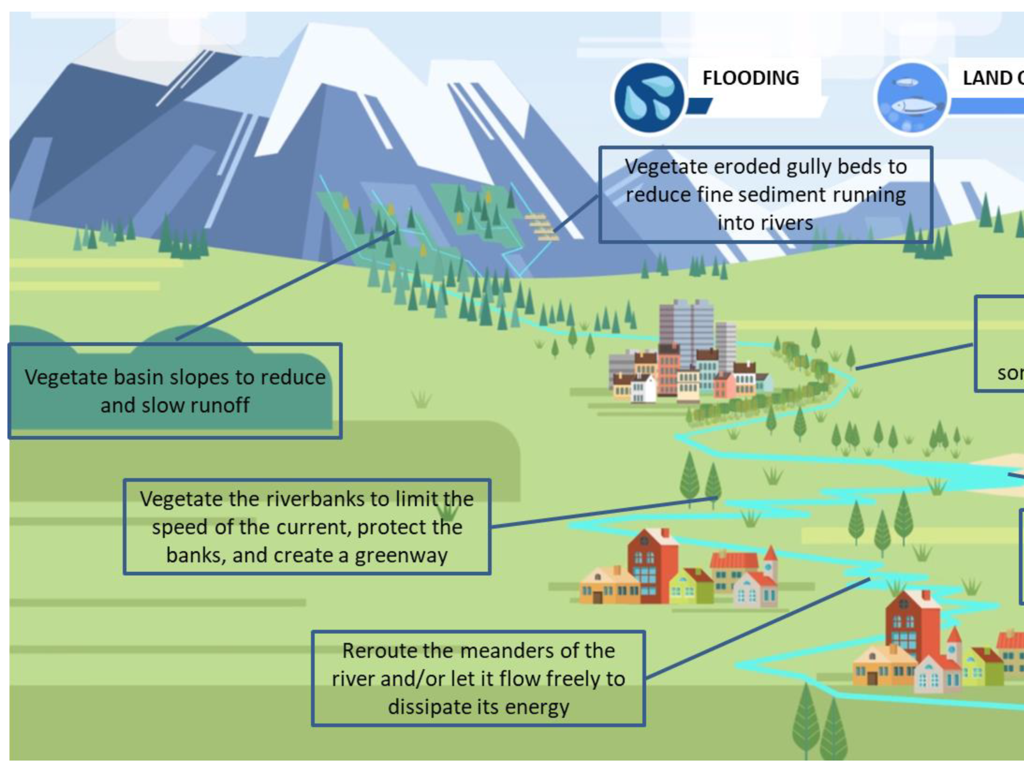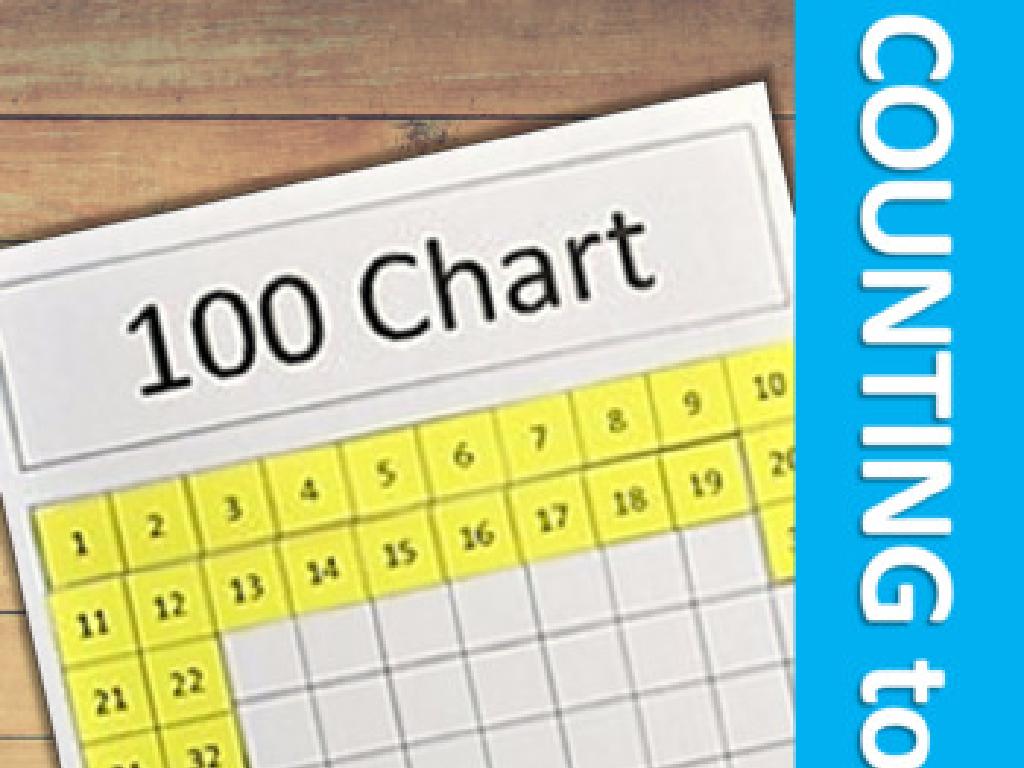Sort Flat Shapes
Subject: Math
Grade: Pre-k
Topic: Flat Shapes
Please LOG IN to download the presentation. Access is available to registered users only.
View More Content
Welcome to Flat Shapes!
– Greet our little explorers
– Today’s adventure: Learning flat shapes
– Can you spot shapes around you?
– Look around, what shapes do you see? Circle? Square?
– Shapes are everywhere!
– Shapes make up our world, like windows (squares), plates (circles).
|
This slide is designed to introduce Pre-K students to the concept of flat shapes in a fun and engaging way. Start the class with a warm greeting to make the children feel excited about the day’s lesson. Explain that flat shapes are all around us and can be found in many objects they interact with daily. Encourage the children to look around the classroom and identify shapes they can see, such as the circle shape of a clock or the square shape of a window. This activity will help them connect the lesson to the real world and understand that shapes are not just abstract concepts but tangible parts of their environment. The goal is to create a sense of curiosity and observation about shapes in their surroundings.
Exploring Flat Shapes
– What are flat shapes?
– Shapes with only length and width
– Flat shapes are 2D
– Also known as two-dimensional
– Examples of flat shapes
– Circles, squares, triangles
– Let’s find flat shapes!
– We’ll look around to spot them
|
This slide introduces the concept of flat shapes to Pre-K students. Begin by explaining that flat shapes, or 2D shapes, are the ones that have only length and width, which means they are flat like a piece of paper and do not have thickness. Show them a variety of examples such as circles, squares, and triangles. Use real-life objects or illustrations to help them identify these shapes in their surroundings. Encourage the children to look around the classroom or their homes to find objects that match these shapes to reinforce their understanding.
Meet the Circle: A Special Shape
– A circle is round
– Circles have no corners
– Find circle-shaped items
– Look around to spot items like clocks or wheels
– Circles are everywhere!
– Plates, buttons, and coins are circle shapes too
|
This slide introduces the circle to Pre-K students, emphasizing its round shape and lack of corners, which distinguishes it from other flat shapes. Encourage the students to observe their surroundings and identify objects that are shaped like a circle. This activity helps them relate the concept of shapes to real-world objects, enhancing their understanding and retention. Suggest looking for common items such as clocks, wheels, plates, buttons, and coins. The goal is to make learning interactive and fun, fostering an engaging environment for the young learners to explore geometry in their everyday life.
Say Hello to Square
– A square has four equal sides
– A square has four corners
– Counting sides and corners
– Let’s count together: 1, 2, 3, 4 sides and corners!
– Squares in everyday objects
– Like a picture frame or a window
|
This slide introduces the square, a fundamental flat shape, to Pre-K students. Emphasize that all sides of a square are the same length and that it has four corners. Engage the students by counting the sides and corners together to reinforce the concept. Also, help them relate the shape to objects they see every day, such as a picture frame or a window, to enhance their understanding. The activity of counting sides and corners can be done with a physical square shape in class. Encourage the students to look around the classroom or at home for square objects and share their findings in the next class.
Triangle Time
– A triangle has three sides
– Triangles have three corners
– Make triangles with fingers
– Use thumbs and first two fingers to form a triangle
– Triangles are everywhere!
– Look for triangles in the classroom
|
This slide introduces the basic concept of triangles to Pre-K students. Emphasize the defining features of a triangle, which are its three sides and three corners. Engage the students in a kinesthetic activity by having them use their fingers to make triangle shapes, which helps in reinforcing the concept. Encourage the children to observe and identify triangle shapes in their surroundings, such as in toys, signs, or objects in the classroom. This activity not only makes learning fun but also helps students recognize and remember shapes in their environment.
Sorting Shapes Together
– Let’s start sorting shapes!
– Group the same shapes together
– Find all the circles, squares, etc., and put them in piles
– I’ll show you how to do it first
– Pay attention as I sort circles, triangles, and squares
– Your turn to try after!
|
This slide is designed to introduce the concept of sorting by shape to Pre-K students. Begin by explaining that sorting is like putting things that are alike into groups. Demonstrate sorting shapes into different groups based on their characteristics, such as all circles together, all squares together, etc. Use real shapes or images to show the sorting process. After the demonstration, encourage the children to try sorting shapes on their own. Provide a variety of shapes for them to work with and assist them as needed. This activity helps develop their observational skills and their ability to categorize objects.
Your Turn to Sort Shapes!
– I’ll hand out different shapes
– Can you sort them by type?
– Circles go with circles
– Round shapes all together
– Squares with squares, triangles with triangles
– Squares in one group, pointy triangles in another
|
This slide is for a class activity where children will practice sorting shapes, an essential skill in recognizing patterns and understanding geometry. Hand out a variety of flat shapes to the students and ask them to sort these shapes into different groups based on their types. Encourage them to discuss the characteristics that make each shape unique, such as the number of sides or corners. This activity will help them visually differentiate between circles, squares, and triangles. Provide guidance and ensure each child is engaged in the activity. Possible variations of the activity could include sorting by color, size, or even creating patterns with the shapes after they have been sorted.
Class Activity: Shape Hunt Adventure
– Let’s search for shapes in our room
– Find and show flat shapes you see
– Look for circles, squares, rectangles, and triangles
– Team up with friends on this shape quest
– See how many shapes we all can find
|
This activity is designed to help Pre-K students recognize and identify flat shapes in their immediate environment, reinforcing their understanding of geometric concepts in a fun and interactive way. Encourage the children to explore the classroom and point out any flat shapes they find, such as the circle of a clock, the square of a window, or the rectangle of a door. They should work in small groups to foster teamwork and ensure that everyone is participating. As they find shapes, have them describe the sides and corners to further their comprehension. Keep track of the shapes each group finds and discuss as a class afterward. Possible variations of the activity could include using shape flashcards, drawing shapes they find, or even a shape scavenger hunt with a checklist.
Review and Goodbye: Shape Sorting Recap
– Celebrating our shape sorting
– Share one thing you’ve learned
– Did you learn about circles, squares?
– Excited for our next shape adventure
– Saying goodbye until next time
|
This slide is meant to wrap up the lesson on sorting flat shapes. It’s a moment to celebrate the children’s achievements in identifying and sorting different shapes. Encourage the children to reflect on what they’ve learned by asking them to share one new thing about shapes. This reinforces their learning and allows them to express their understanding. End the lesson on a high note, building anticipation for the next class where they will continue to explore and learn about shapes. Make sure to praise their efforts and participation to leave them feeling accomplished and eager for more.

